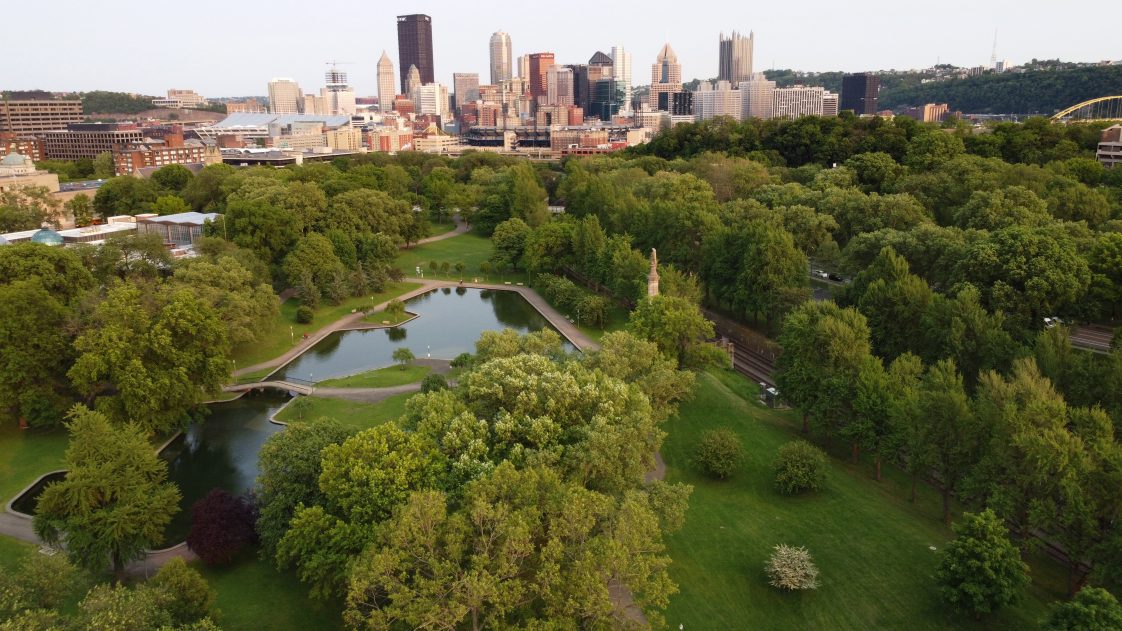Forestry

Urban forests sequester significant amounts of carbon dioxide from the atmosphere and play an important role in climate change mitigation in urban areas. Cities can participate in forest carbon markets and apply for urban forest carbon credits, which requires that cities accurately quantifying their urban forest carbon stocks. This Extension publication is part of a series that presents and discusses some common traditional methods for quantifying urban forest carbon stocks. It is a valuable resource for decision and policymakers in cities and municipalities, urban foresters, and certified arborists.
i-Tree Software: Quantification of Urban Forest Benefits and Carbon Stocks
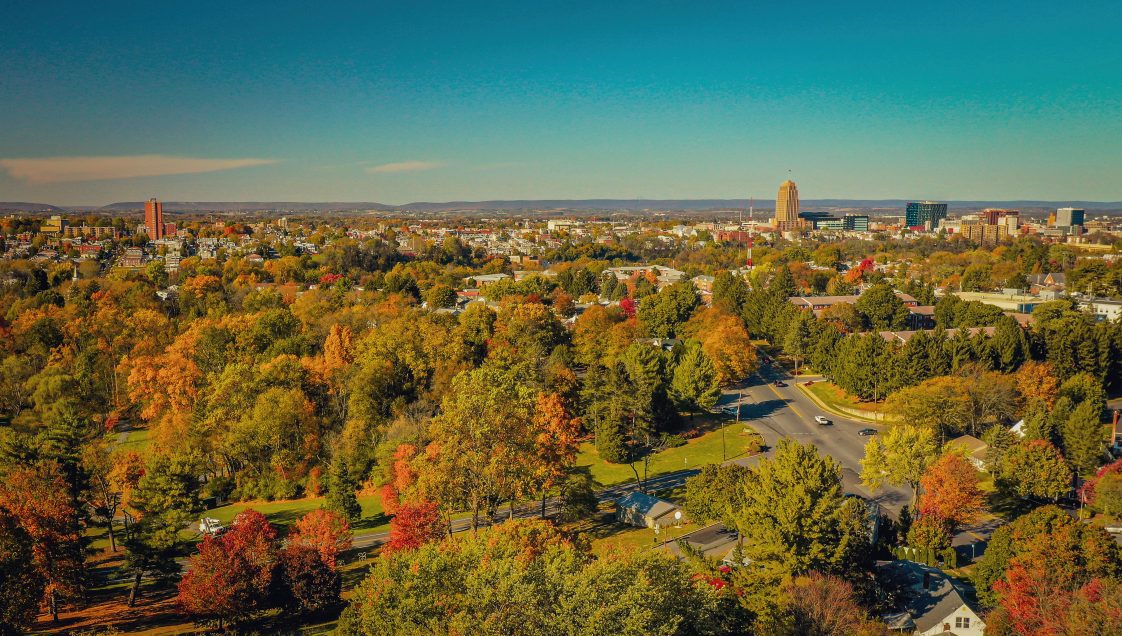
Figure 1. Aerial view of the city of Allentown, Pennsylvania. A significant portion of the urban landscape is covered with trees indicating the potential for atmospheric carbon sequestration.
i-Tree is a state-of-the-art, peer-reviewed software suite based on United States Department of Agriculture (USDA) Forest Service science that provides urban forestry analysis and benefit assessment tools. The free software is available online by searching for i-Tree tools. The i-Tree tools can help strengthen forest management and advocacy efforts by quantifying urban forest structure and the environmental benefits that urban trees provide. For decades, thousands of communities, nonprofit organizations, consultants, volunteers, and students around the world have used i-Tree to report on individual trees, parcels, neighborhoods, protected areas, cities, and even entire states or larger regions. Estimates of tree biomass, carbon storage, and associated ecosystem services are critical products delivered by the i-Tree tools that stakeholders rely on for valuable policy and management-relevant information at multiple scales.
Categories of i-Tree Tools
- Tree planting tools (i-Tree Planting, i-Tree Species). These tools are applied in tree planting projects to estimate future long-term environmental benefits of trees (atmospheric carbon dioxide sequestration, air pollutants uptake, stormwater reduction, energy savings, etc.). Tree planting tools can assist municipalities, cities, local neighborhoods, and other organizations with their tree planting efforts focusing on the anticipated environmental benefits.
- Tools for Benefits Assessment of individual trees (MyTree, i-Tree Design, i-Tree Eco). This group of tools estimates current and future environmental benefits for existing individual trees considering interactions with nearby buildings. MyTree and i-Tree Design are user-friendly tools that can be used by community members (homeowners, etc.) to quantify the benefits of individual trees growing near buildings, on streets, etc. The i-Tree Eco tool provides a more sophisticated analysis of urban tree benefits based on existing tree inventories or new tree data collections.
- Tools for Benefits Assessment at the Forest Canopy Scale (OurTrees, i-Tree Landscape, i-Tree Canopy). These tools provide an assessment of the environmental benefits of urban trees at a large spatial scale (e.g., municipal or city scale). The i-Tree Canopy tool specifically allows for characterization of land cover and tree canopy cover and benefits quantification based on different forest sampling techniques and satellite imagery.
Using OurTrees Tool for Urban Forest Carbon Stocks Assessment
OurTrees tool was used to quantify the environmental benefits of urban forests in the Auburn-Opelika area in Alabama focusing on atmospheric carbon dioxide sequestration. The estimated total benefits (carbon dioxide uptake, storm water mitigation, air pollution removal) of all urban trees in the area for the year 2023 were equivalent to $15,644,423. Most of this estimated value came from carbon dioxide uptake ($9,302,612) which was equal to 199,997 tons of atmospheric carbon dioxide in 2023.
To better understand the significance of the above environmental benefits, consider the following comparisons using the OurTrees tool. The urban trees in Auburn-Opelika in 2023 shaded an area equivalent to 39,432 professional football fields, and they stored carbon in their woody tissues, equivalent to the carbon dioxide emissions of 39,102 gasoline-powered passenger cars.
Quantification of Urban Forest Aboveground Biomass (AGB) and Carbon Stocks by Harvesting Urban Trees
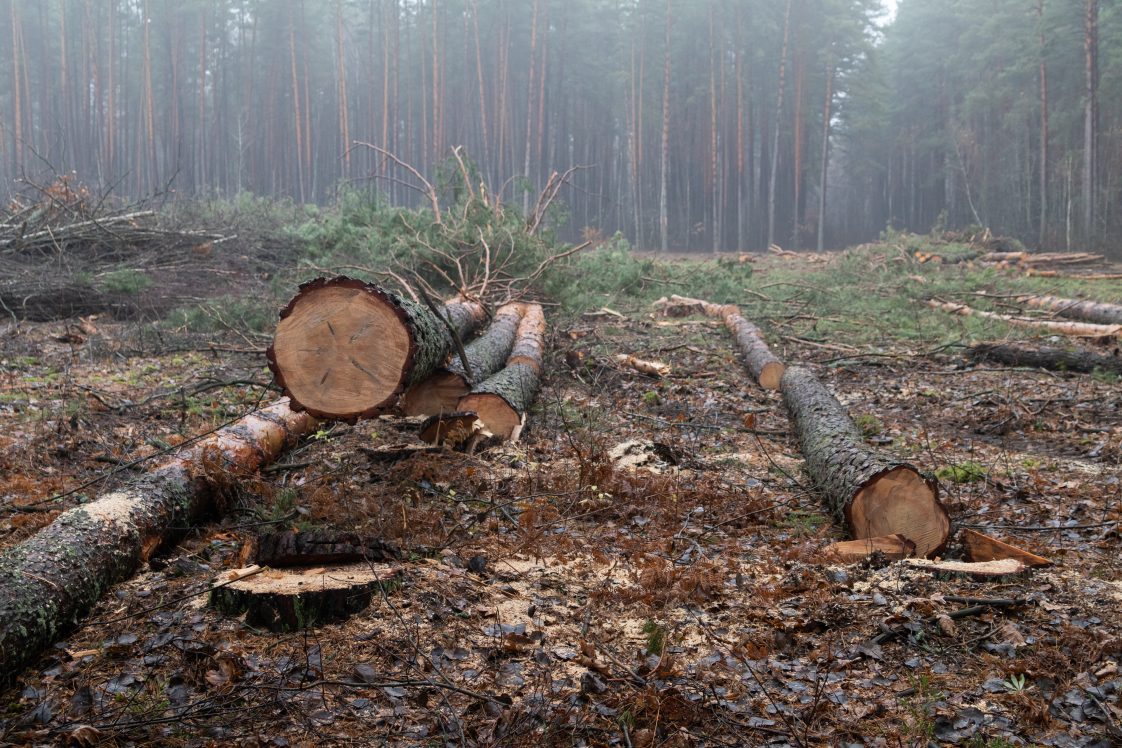
Figure 2. Tree harvesting and destructive sampling by separating tree components into different piles: main stem, branches, leaves.
Approximately 45 to 50 percent of tree biomass is carbon content. Therefore, the aboveground carbon stocks of urban trees can be indirectly determined by estimating their aboveground biomass. The total aboveground biomass (AGB, measured in pounds or kilograms) of trees is defined as the total dry mass (i.e., at 0 percent moisture content) allocated to the live and dead tissues and organs of aboveground tree structure (stems, branches, leaves, etc.).
The process of harvesting trees to quantify their AGB and their carbon content is called destructive sampling, and it includes the following steps:
1. Trees are felled, and their main components (leaves, branches, main stems) are separated into different piles (figure 2).
2. These tree component piles are weighted green in the field using different types of scales depending on the precision required.
3. Several samples of leaves and woody disks derived from branches and main stems are also weighted green in the field.
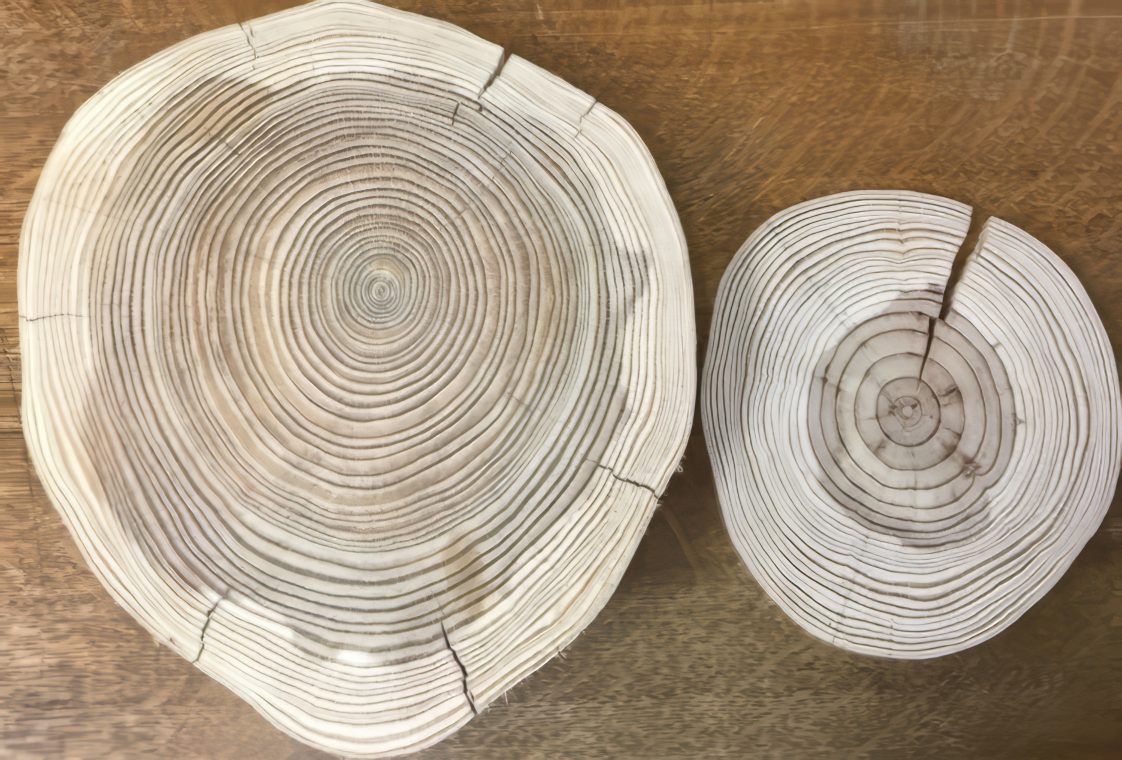
Figure 3. Woody disks sampled from an urban Honey locust (Gleditsia triacanthos) tree were destructively sampled (the left disk was derived from the main stem, and the right disk was derived from a large branch). These disks were oven dried, and their dry weight was measured.
4. These samples are taken back to lab facilities and oven dried to reach 0 percent moisture content (figure 3).
5. After oven-drying, the dry weight of the samples is measured in the lab.
6. The total dry aboveground tree biomass is quantified by combining the total green weight of trees measured in the field with the green weight and the dry weight of the derived samples from leaves and woody disks.
7. The total carbon content of trees is estimated at approximately 50 percent of their total aboveground dry biomass.
Quantification of Urban Forest Carbon Stocks Using Equations
The above method is time consuming and costly, and only a limited number of trees can be harvested in cities. Therefore, the total AGB of trees and their carbon content are usually estimated indirectly with allometric models, statistical equations defining relationships between tree carbon content and commonly measured tree variables (e.g., diameter at breast height [DBH], total tree height, and crown dimensions). Simple equations typically have the following form:
Tree carbon content (in lbs. or kg.) = b0 * Tree variableb1, where b0 and b1 are constants, and tree variable can be DBH or total tree height, etc.
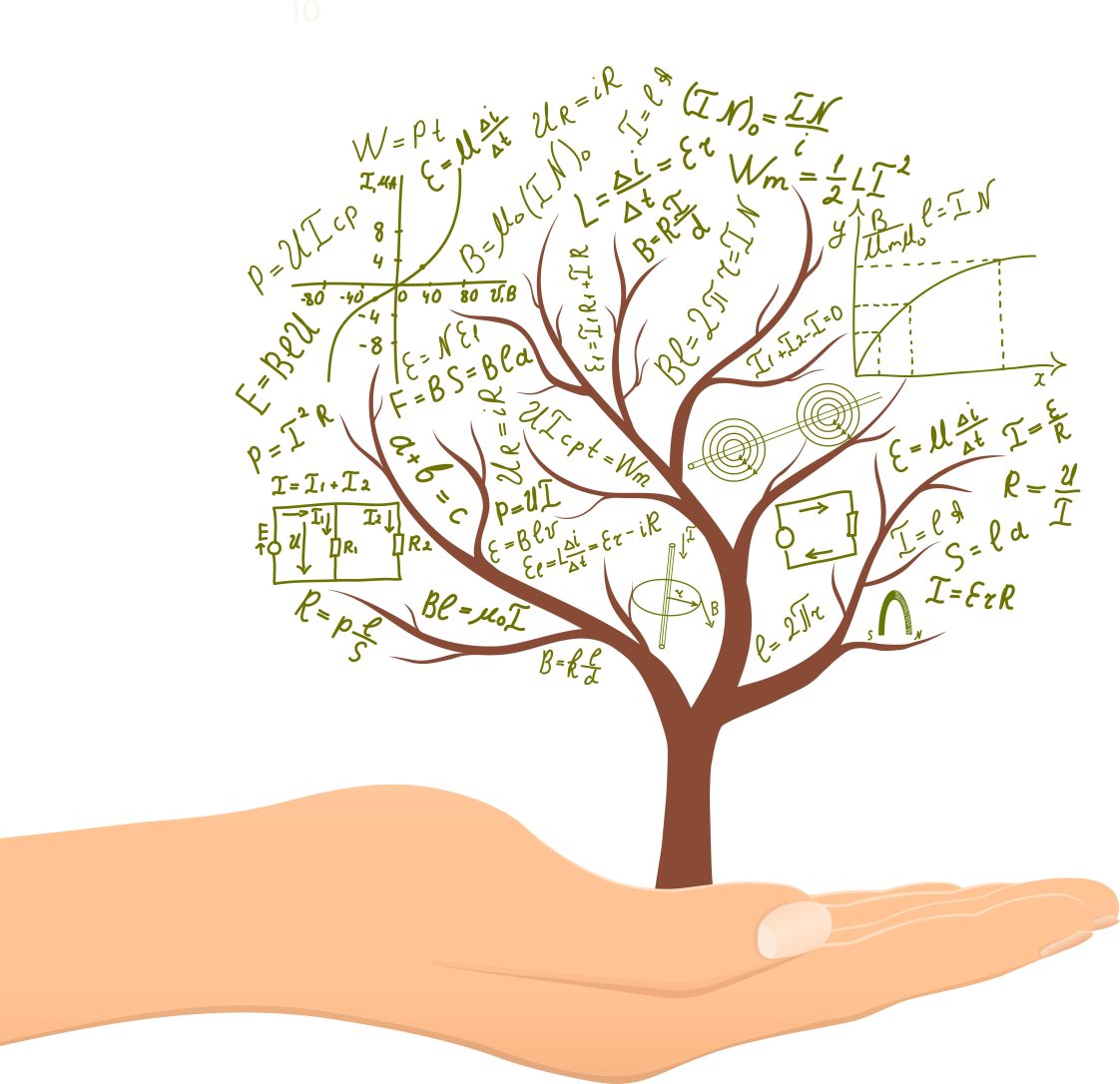
Figure 4. Tree allometric equations can provide estimates of urban tree carbon stocks as a function of one or more variables of tree structure (e.g., DBH, tree height, etc.). The US Department of Agriculture has conducted tree inventories in several cities across the United States to develop new equations for urban trees.
Carbon content estimation from equations has important challenges and limitations. Existing equations are usually limited to certain regions and species, and large trees are usually excluded from the datasets. Harvesting large numbers of sample trees needed to build equations is particularly impractical in cities, and equations created for rural forest trees may not be directly applicable to urban trees. Few studies have developed equations for tree volume or biomass specifically for urban sites, and there is not yet agreement about whether urban trees require modification to existing equations developed for the same species in rural forests.
Terrestrial laser scanning (TLS) is a novel technology that provides a nondestructive approach to quantifying carbon stocks of urban trees. This approach is discussed in Extension publication “Quantification of Urban Forest Carbon Stocks Using Terrestrial Laser Scanning Technology.”
Conclusions
Cities can apply for urban forest carbon credits in forest carbon markets, which require accurate quantification of urban forest carbon stocks. There are different common approaches for quantifying urban forest carbon stocks that may have some inherent challenges.
- i-Tree software tools provide quantification of current and future carbon content for individual urban trees and forest canopies at city scale. Most of these tools are user-friendly and can be easily used by different stakeholders.
- Harvesting urban trees provides the most accurate estimates of carbon content, but it is not always preferable or applicable in urban settings due to logistical challenges.
- The use of equations that estimate the carbon content of urban trees can be simple; however, some tree harvesting is still needed for creating these equations, while equations for rural trees cannot be directly applied to urban trees.
 Georgios Arseniou, Extension Specialist, Assistant Professor, Forestry, Wildlife, and Environment, Auburn University
Georgios Arseniou, Extension Specialist, Assistant Professor, Forestry, Wildlife, and Environment, Auburn University
New April 2024, Traditional Methods of Urban Forest Carbon Stocks Quantification, FOR-2157

